Is Chamoli the first of many more glacier bursts?
In the wake of the recent glacier-burst at Uttarakhand’s Chamoli district, several questions arise. Is this just another accident? Or is this a man-made disaster caused by complete disregard to the Himalayan ecosystem? Is it one of the several impacts of global climate change? This article takes you through a quick tour of the various challenges in the Himalayan mountain range and a review of its climatic conditions.
Overview
The rapid increase in globalization, urbanization and mass tourism today proves very threatening to mountain ecosystems, communities, and resources. These factors lead to increased pollution level in mountains posing a serious threat to the stability of glaciers. The glaciers are a huge buffer source of water during dry spells which provides water to millions of lives in Indo-Gangetic plains.
Has climate change contributed to this event?
Due to increase in warmth and humidity in daily weather, disturbance in rainfall pattern, extension of normal winter season and increase in flood incidences, drought and cyclone are reflective of changes in the normal atmospheric circulation and climate change predictions. South Asia, which is 7.7% covered with glaciers supports 10% of global populations by providing water during the lean season. Due to changes in atmospheric circulation and climate change, the glacier mass has been affected. The glacier mass loss in Hindu Kush-Himalayan region was more than global average during the last decade.[1]
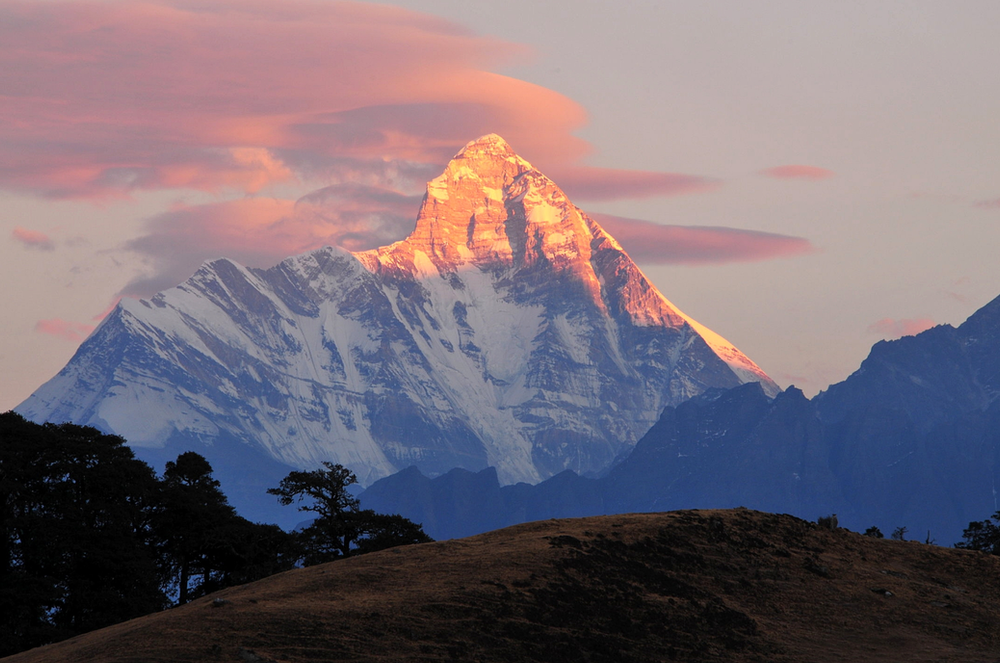
Is it related to Development?
There have been several sources of pollution in the region owing to activities such as hydropower production from the dams located in Uttarakhand and Himachal Pradesh, the production of thermal electricity from coal as well as nuclear fuels, mining, and exploration of non-renewable fuels, refining of petroleum products, etc. In addition, the Indo-Gangetic plain is one of the most polluted regions in the world. The long-range transport of these pollutants is occurring and the dirty air from this region makes the glacier situation much worse by depositing black carbon and dust on ice. This deposition makes it more prone to absorb the sunlight at higher altitudes.[2]
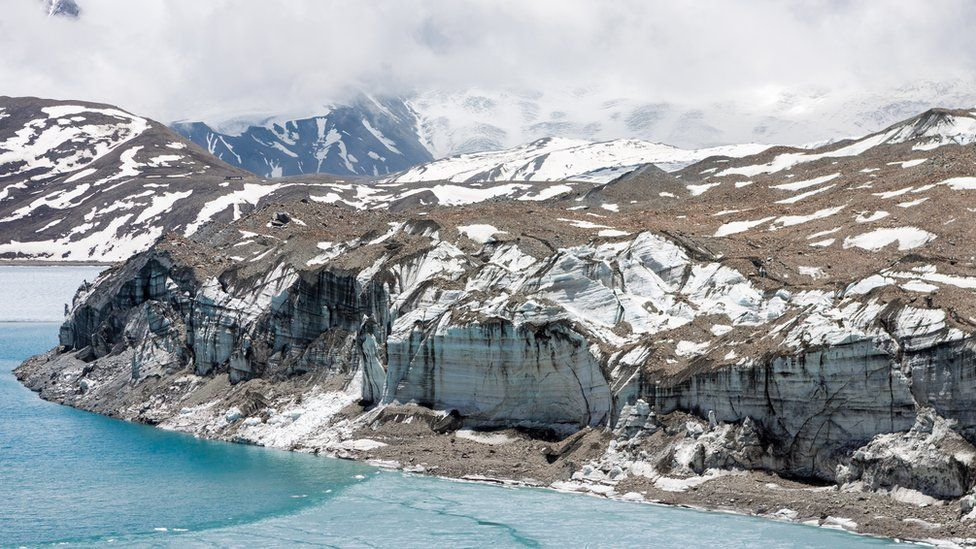
Geography and Geology of Himalayas
In addition, Himalayan glaciers are naturally vulnerable owing to their geographical setting. These glaciers are located on the southern facing slopes of the Himalayas and are very close to the tropics at low latitudes. There is a natural build-up of high heat in this region. Most of the feeding into these glaciers occurs in the summer, so the snow has very little time to get into the ice mass and to add to the ice volume of the glacier. Furthermore, these glaciers are in the very highly inhabited districts of the Himalayas, so local pollution (i.e., construction dust, road dust) also contributes to the existing issue. Recent studies based on satellite imageries indicate a continuing retreat of glaciers in the Himalayas, such as the East Rathong, Gangotri, Samudra Tapu and Dokriani.
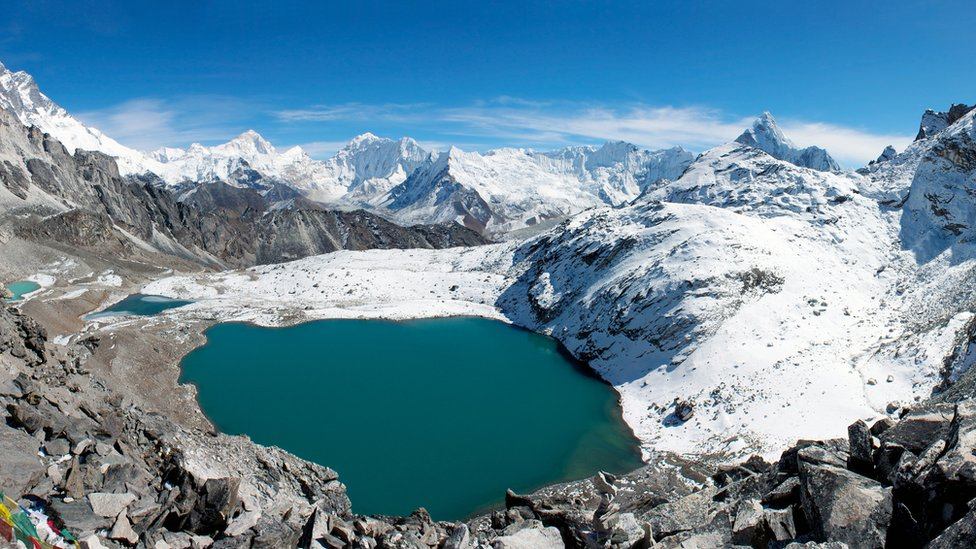
Further, there is also the impact of other geographical factors. Glaciers in the Himalayas are under the influence of westerlies, decreasing from west to east, and the Indian and Asian monsoons, decreasing from eastern Himalayas to west. This complex climate diversity results in a varying pattern of glacier response to climate variables across different river basins. Based on data from 1951-2010, Indian Meteorological Department has reported a decrease in annual temperature in Jammu and Kashmir, the westernmost part of the Himalayas, while the same parameters report increased temperature in the easternmost states of Sikkim and Arunachal Pradesh.
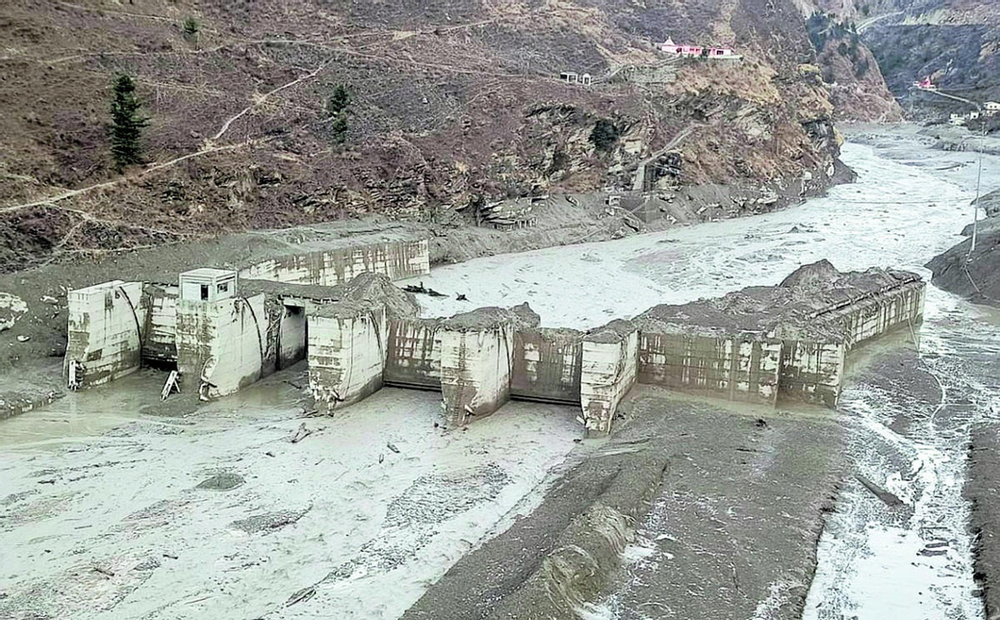
What's the Conclusion?
Looking into the causes of these phenomena, some scientists are of the view that a proglacial lake may have been formed, and then resulted in an outburst. Proglacial lakes are formed by the retreat of a melting glacier. There is a wide field of research awaiting proglacial lakes in the Himalayas. Meanwhile, what can we attribute this event to? Data suggests that this event resulted from a combination of climate change, development projects, and geographical factors. The significance that the melting of glaciers holds for our future, in every conceivable way, can certainly not be undermined. Active measures and steady, gradual sensitization of global communities is perhaps the only way forward to deal with issues of climate.[3]
[1] Climate change impacts on Himalayan glaciers and implications on energy security of India, Dr Shresth Tayal, TERI, Delhi
[2] Climate change: Warming threatens Himalayan glaciers, Matt McGrath.
[3] The Indian express 8 Feb 202

.svg)
.webp?width=1080&height=1080&name=Free%20Case%20Study%20Steel%20Plant%20(1).webp)
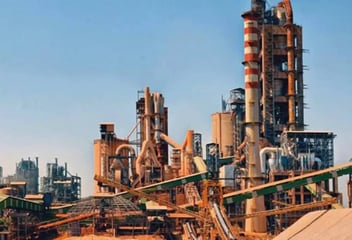





Post Comments